What is Eurovision? In this series I’m exploring some of the aspects of what makes a song contest more than just a song contest. In this entry we explore how Eurovision has transformed over time into the fire, glamor, costumes, and spectacle of Eurovision.
What’s a show without a little glitz? When most people think of the past 10-15 years of Eurovision, they think of the spectacle part of Eurovision. Maybe you think of the ridiculous dance routines involving topless men:
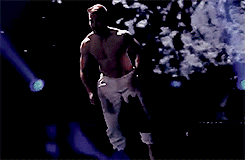
Or the downright confusing costumes or costume changes:
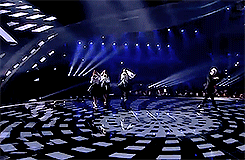
Or maybe you just picture the impeccable showmanship of three whole hours of professionally polished singing, and dancing: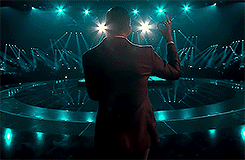
Humble Beginnings
But in the early days of Eurovision, it was a much more staid affair. It was a suit and tie, seating section only, top shelf high class culture, full of older folks show. Even well into the 1970’s and 1980’s as songs become more and more pop-like, the audience and the show remained quite stuffy. It’s pretty telling that ABBA’s Waterloo won in ’74 but the audience that witnessed that win still looked like this:

Considering that modern Eurovision is basically a total blow out theatrical gay extravaganza, you might wonder how we got from that suit and tie, straight laced faces to this:
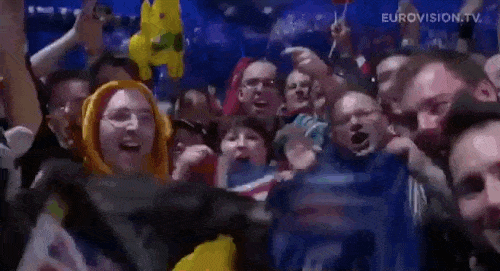
I think it’s important to note that one of the reasons that Eurovision has survived so long is that it’s changed, drastically, over the years. Everything from the way the songs are presented, the voting, how many people can be on stage, how the vocals and music are made – all of that has changed many times over. Eurovision has tried to stay contemporary and on top of trends as best it can to stay relevant but there was a time when that wasn’t exactly so.
In the mid 90’s the popularity of Eurovision had started to sag quite a lot. The format of the contest was still quite old fashioned and people just weren’t tuning in like they used to. It was during the prestigious era of Ireland’s dominating wins that the biggest changes were made in hopes would bring in more viewers:
Ditching the Orchestra
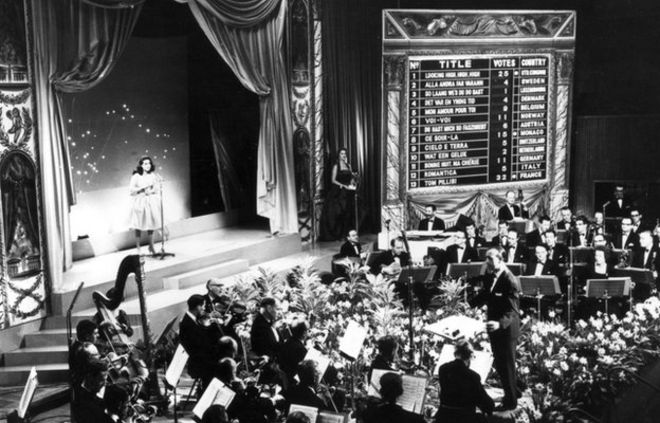
One of the saddest but very overdue changes made during this time was to stop having a live orchestra. All live singing acts were accompanied by a live orchestra until 1998! These orchestras started to make less and less sense from both a logistics stand point and a production stand point as more songs were produced electronically. They also made Eurovision seem much more like an opera/high class event than a popular song contest. From a logistical standpoint this was one less moving part to worry about also.
Big Four / Big Five (aka Big Money)
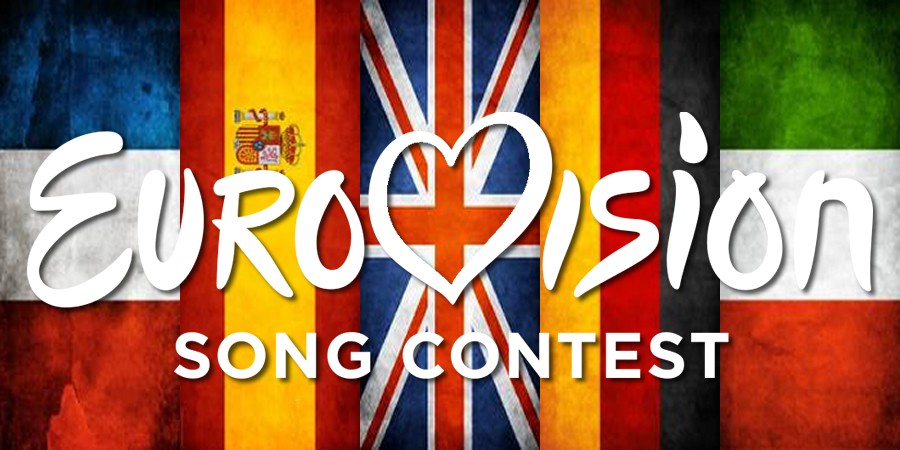
Holding a spectacular show takes spectacular money and while every single country commits a fee to the EBU to run the show, that isn’t enough to really step up their game so one of the ways this was done was by creating the concept of the Big Five (previously the Big Four). In 2000, it was decided that France, Spain, the UK, Germany, and Italy would contribute more money to the contest as sponsors and they would get directly qualified in to the final in return which helped to take the show from a meager affair to one that could produce more spectacle at all.
Introducing Televoting
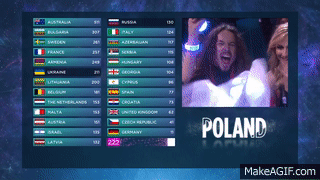
Before televoting, the only votes that mattered were the jury votes. This meant that people at home had no say, they could only watch specifically selected people from their country pick winners. In 1997 though that all changed as televoting was rolled out to 5 countries. Televoting makes the audience more involved in the process and gives them a personal stake in the outcome. With increasing phone and internet capabilities this system has been a smash success and all countries except San Marino use televoting as part of their voting consideration – some countries have even dabbled around with only using televoting!
Semi Finals
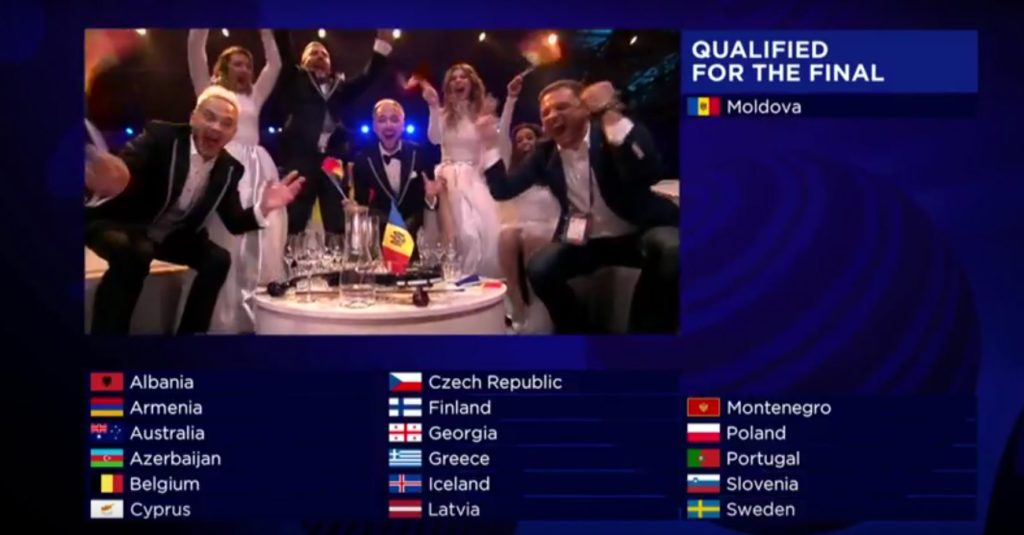
Eurovision was stuck in its 3 hour time slot but after the fall of the USSR, there were just more countries than ever before that wanted to participate in Eurovision. 24 countries were basically the most participants that could be reasonably accommodated in to a one night show so many countries were sidelined and your participation wasn’t guaranteed unless you ranked in the top 10 in the previous years show. In 2004 though, everything changed when the semi final was introduced. Two semi finals would be filtered down to one big finale allowing for double the countries and allowing every country a chance to preform every year! What a great move to bring more voices in to the contest.
Supersized Venues
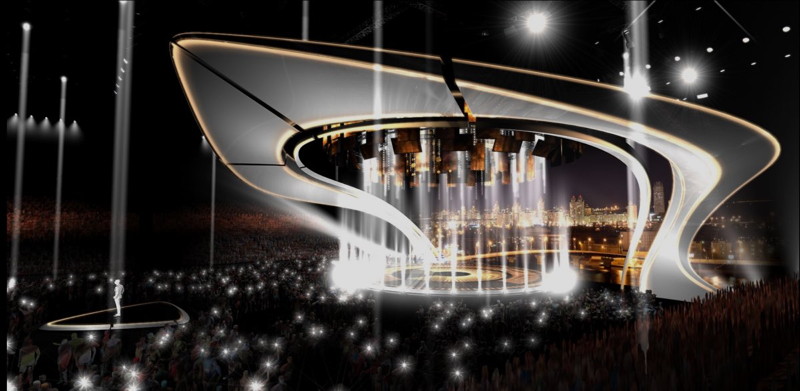
I can’t confirm this because no one else seems to have ever written about it but in years prior 2000, every Eurovision venue had less than 4,000 capacity. Now a days we know that Eurovision venues ask for at least double that size. Supersized venues or even, in many cases, venues that were created just for the contest for the contests as in Tallinn 2002 or Baku 2012 change the mood for artists and attendees but also give more space for camera, pyro, and big dance numbers.
And So Much More…
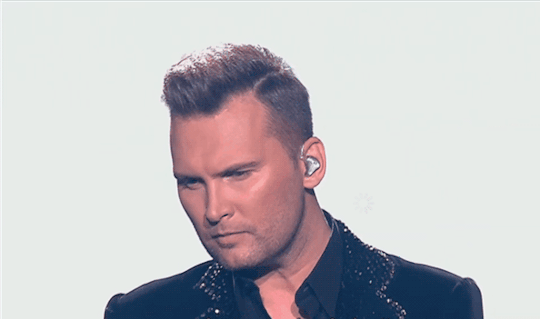
Some of the little changes have really helped as well including allowing countries to enter songs in any language and not just their national language in 1999, adding in new types of cameras, LEDs, the ways that countries are allowed and expected to prep before the show, pyro, other adaptive technology for cameras and lights, adding a standing section in front of the stage in 2013, the Eurovision voting app, and even the Eurovision YouTube livestream of a direct contest feed for the past few years have all brought bigger and better things to the world’s great song contest.
The Future?
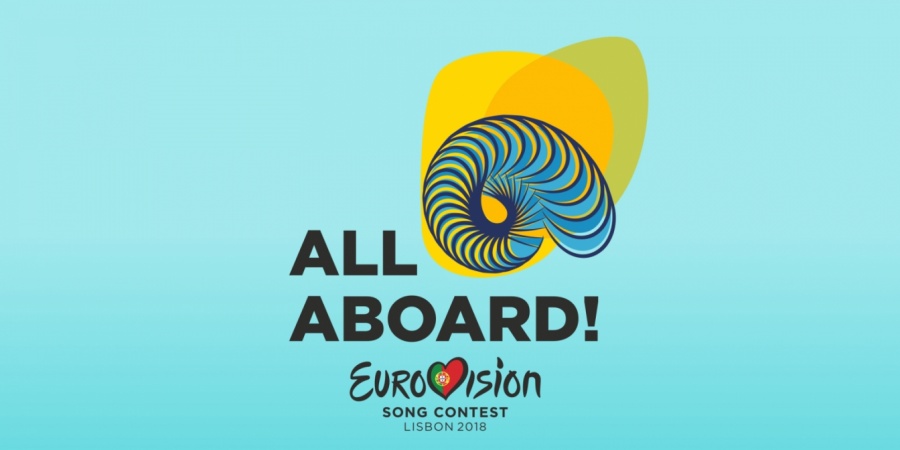
It’s hard to say what Eurovision will keep pulling out of its hat in order to keep audiences entertained and engaged. Lately we’ve seen an uptick in big stage shows and fire and extremely polished music tracks but we’ve seen much less of the dancing and props as LED and peoples faces have taken over.
As the show changes and the format is tweaked I’m sure we’ll keep getting great music and a great show from quality acts like these last year:
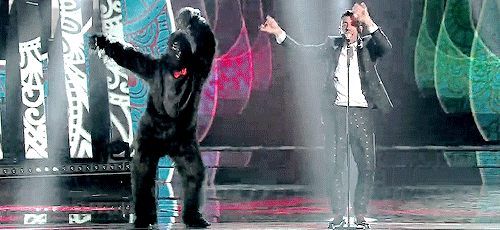
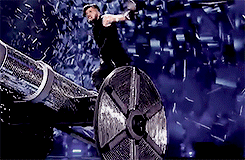
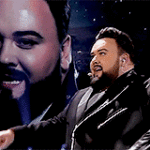
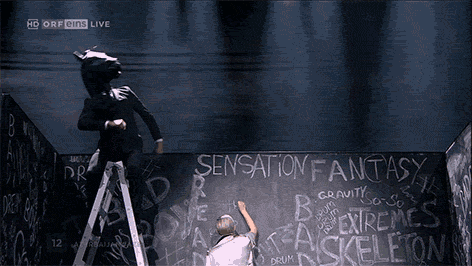
So thank you Europe! And good luck to this years competing contestants because I can’t wait to see what you have in store for us!
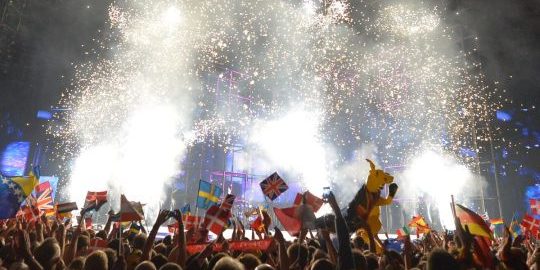
THE KOIT GIF KILLED ME I laughed mid through reading. I love talking to your about Eurovision, you know so much and legitimately I learn something new every time.